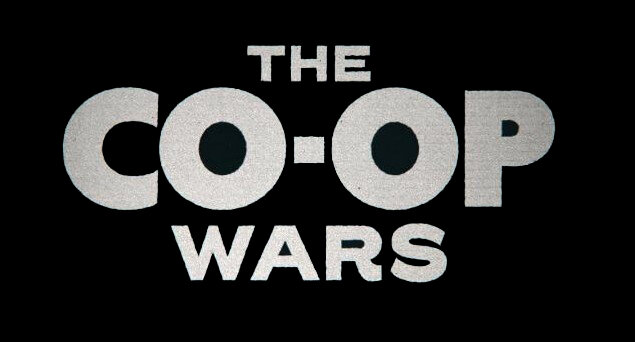This is the first post from an interview with Tom Pierson into his research on African-American cooperatives in Minnesota. Tom first came to the subject matter while helping Jessica Gordon Nembhard do research for her book Collective Courage: A History of African American Cooperative Economic Thought and Practice.
Radical Roots: How far back does cooperation among African-Americans in Minnesota go?
Tom Pierson: As soon as people are migrating into Minnesota from areas like Missouri and other places South for the most part, there are efforts at mutual aid. One of the common things that there is research on and there are publications on is clubs, societies and fraternities and these mutual aid societies that exist. In some ways those mutual aid movements are similar to the cooperative movement. They tend not to have so much a business interest in mind as much as a creating a common social resource of some sort.
The Credjafawn Social Club (the name Credjafawn comes from the initials of the founders names) really fits well within the whole history of social clubs and fraternals and mutuals being formed in order to create just basic needs for folks in the late 1920s.
The instigator for the Cedjafawn Clubs was that young people didn’t have a place to party. If you’re African-American you couldn’t rent a social space, so you could gather at churches or you could gather at each other’s homes. That’s where these kids knew each of from. They came from a young people’s society meeting at their church and they went to somebody’s house and they started talking about forming a social club like the other fraternities and mutuals that had been formed at that point. They said “Let’s do it on an equal basis. Let’s have boys and girls be members. We’ll all have a vote and we’ll determine who the officers are of the club from there.”
That’s a lot like a co-op would be formed. They would throw parties and picnics and benefits and host book readings and literary clubs. But what makes Credjafawn different from other clubs is that when they did get started they were also very intentional about doing education about cooperatives. They eventually formed a credit union in order to serve their members, so that they could build credit, buy homes, buy cars and so on. Things that otherwise they may have been excluded from being able to do as African-Americans. They also were sponsors of the grocery store that was formed in the 1940s around their neighborhood, so Credjafawn sort of stands out from the other clubs in that way. They are all about building power and a community resource, all those clubs, but Credjafawn was distinct in that is also spawned other entities, other cooperatives.
RR: But this all had it’s origin as a group to have parties?
TP: I looked at some demographic information on the African-American community in the 20s and early 30s and found that it was generally considered, by white folks and among some of the African-Americans, that marriage was actually a problem, in that it was hard to become married as African-Americans because the social norms dictated that the man would have a job in order to be a provider for the wife. It was actually hard to get access to training programs. It was hard to get access to quality jobs that would make you an eligible partner in marriage. So it was, in part, because they were young people needing a place to congregate and party, in a way, but definitely not party in the sense of drinking in the earliest days of Credjafawn.
The book clubs and the reading groups and the discussion groups were about building intellectual capital, too, about developing their knowledge and their power as a community. They would raise funds for, say, the NAACP. They would raise funds for the orphans homes in the area. They had a lot of benefit shows, so it was a way to pull funds together without having to kind of do all of that stuff at the church that also had its needs for raising funds.
RR: How long did it last?
TP: In some ways it’s still around. Technically the state of Minnesota dissolved the Credjafawn Club, but only a couple years ago. The state will dissolve your organization if you forget to file with them annually. Credjafawn’s been around and their members children and grandchildren carry the club on in different social activities, so I think you’d have to know what day to show up at the picnic or you’d have to find some way to get on that invite list, but as far as I can tell Credjafawn still exists. I was listening to KMOJ last year in the summer and heard discussions about these social clubs from historians and people who lived the experience in St. Paul in the Rondo neighborhood and there were folks who were still talking about holding gatherings. It exists. It doesn’t have to have the state’s recognition for it to exist, so there are still currents of it.
Next: The Mid-Century African-American Food Co-ops of the Twin Cities

